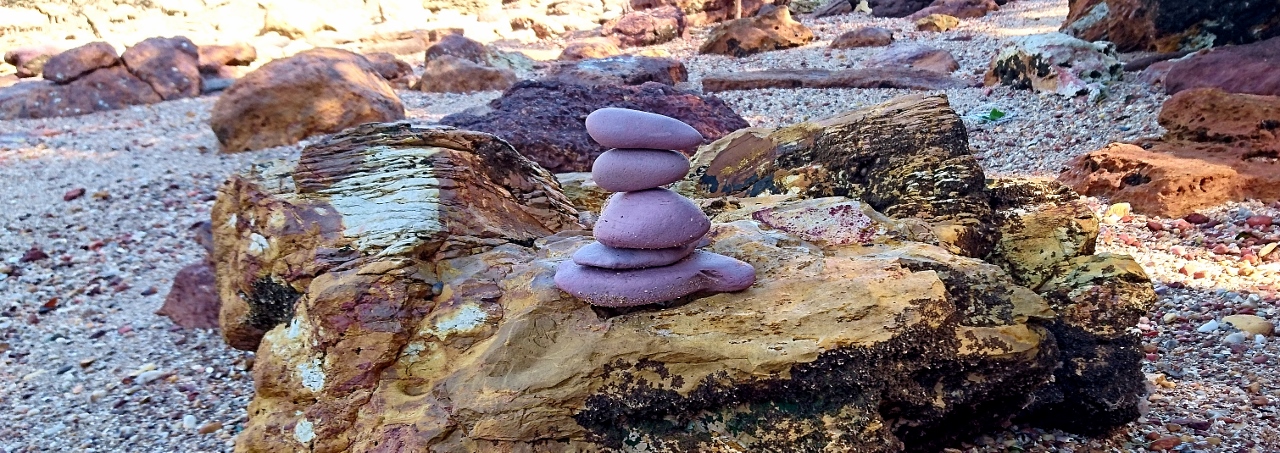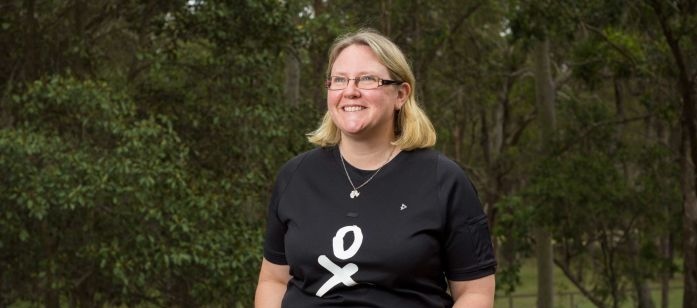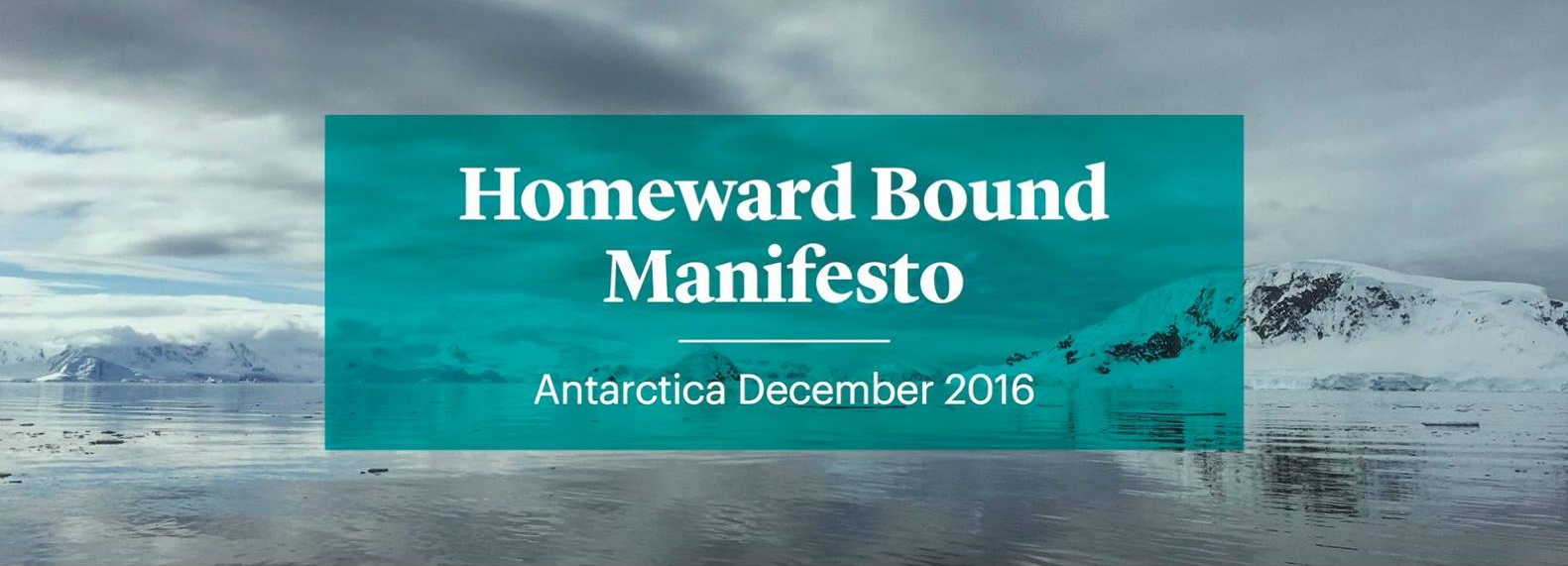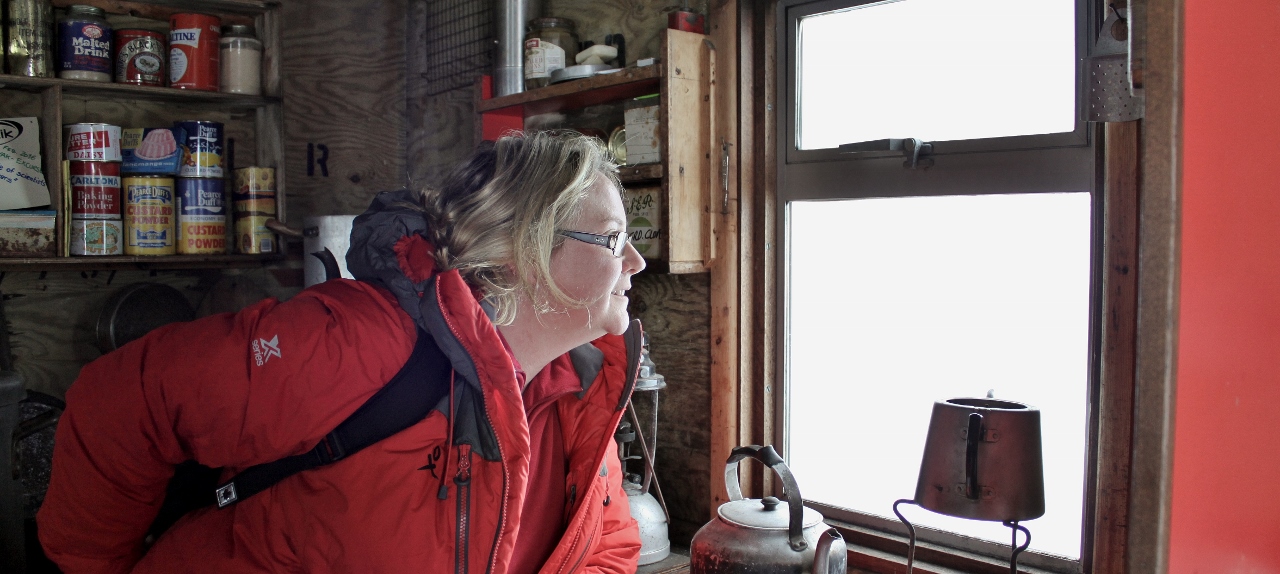A passing conversation with local artist, Carol Phayer, saw me head down to the beach at Doctor’s Gully one day in mid June. Carol had shown me some chunks of black “rock” she sometimes picked up at the beach and makes into jewellery, rings mainly. I had exclaimed “OMG, that’s coal, what the hell is that doing on the beach here?” So, I just had to investigate it for myself… Unfortunately, I didn’t find much coal, only small bits lying around the place, presumably from historic coal unloading facilities in the area. Apparently one such wharf was bombed by the Japanese during WWII. What I did find, however, was a rainbow beach of porcellanite boulders – SIMPLY BEAUTIFUL. Porcellanite is a siliceous duricrust which has developed within altered Cretaceous mudrocks in the Darwin city area and is well exposed in coastal cliffs to the north. Its distinctive geotechnical properties include…
A morning on Doctor’s Gully Beach looking for coal.





